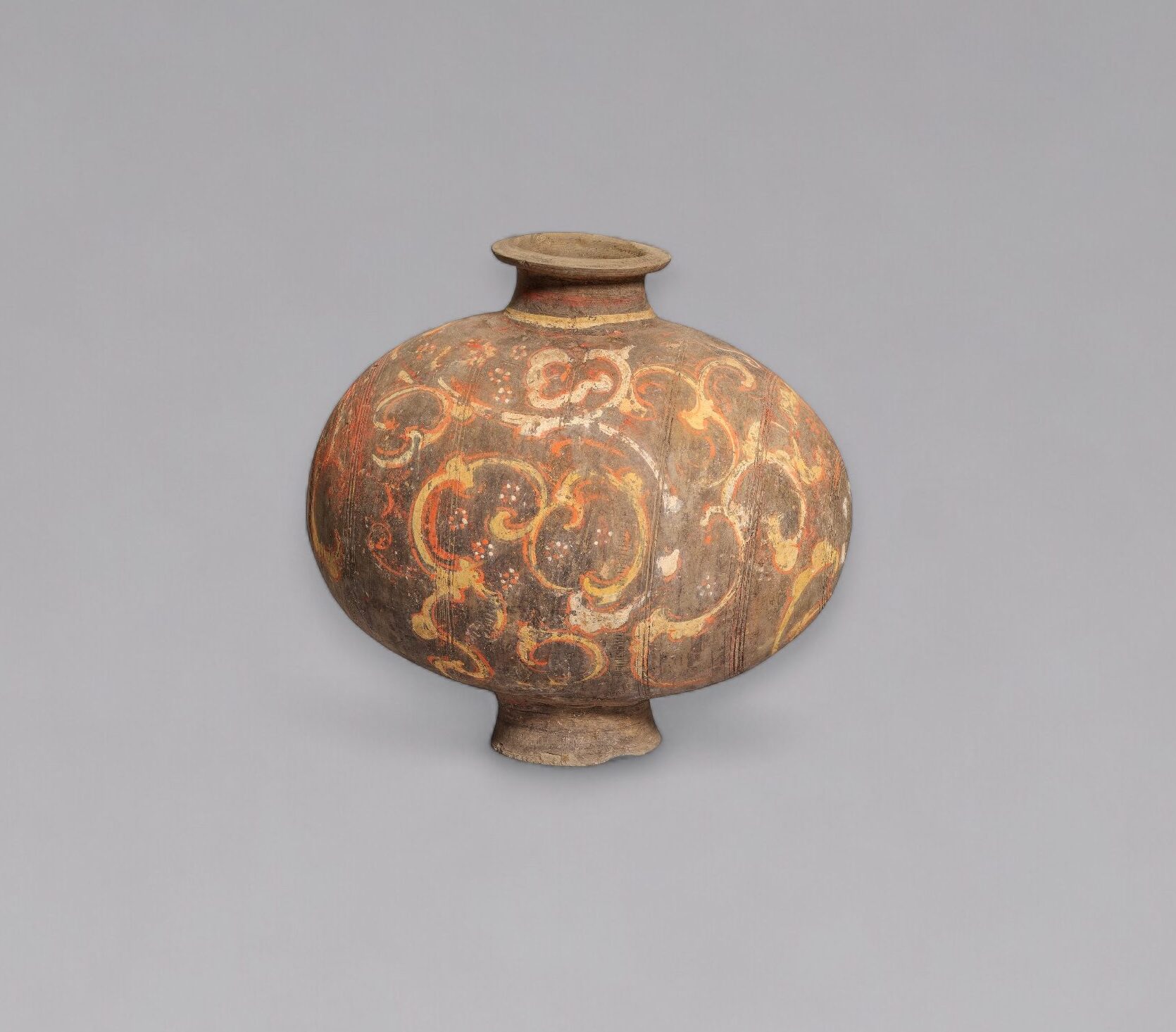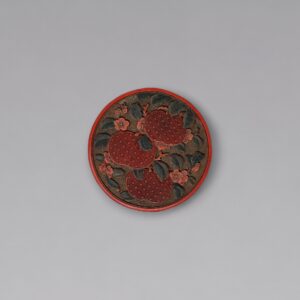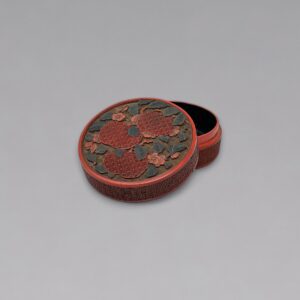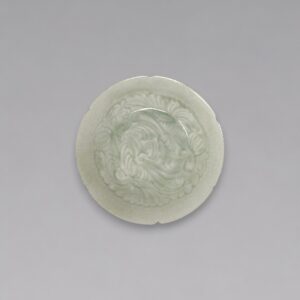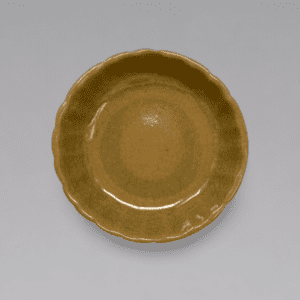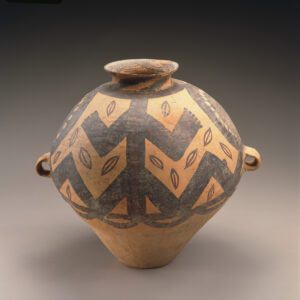Of elongated oval form, the vessel rests on a slightly splayed foot with tapering ends and a gently domed body, the waisted neck rising to an everted rim. The shape of the jar resembling a silkworm cocoon. The surface is adorned with remains of red, yellow and white pigments in broad, curvilinear bands, suggestive of foliate scrolls and stylised cloud or wave motifs.
A large painted pottery ‘cocoon’ jar (Han dynasty, 206 BC – 220 AD)
Description
Dimensions: 42cm high
Provenance:
Ben Janssens Oriental Art, London
Of elongated oval form, the vessel rests on a slightly splayed foot with tapering ends and a gently domed body, the waisted neck rising to an everted rim. The shape of the jar resembling a silkworm cocoon. The surface is adorned with remains of red, yellow and white pigments in broad, curvilinear bands, suggestive of foliate scrolls and stylised cloud or wave motifs.
Earthenware cocoon vessels are thought to have held ritual significance, often associated with funerary practices and symbolic of transformation or rebirth. The present example is rare for its unusually large size. Similar examples can be found in the collections of the Metropolitan Museum of Art and the Shaanxi History Museum.
